The city added 24,293 affordable housing units this fiscal year, the most since 1989
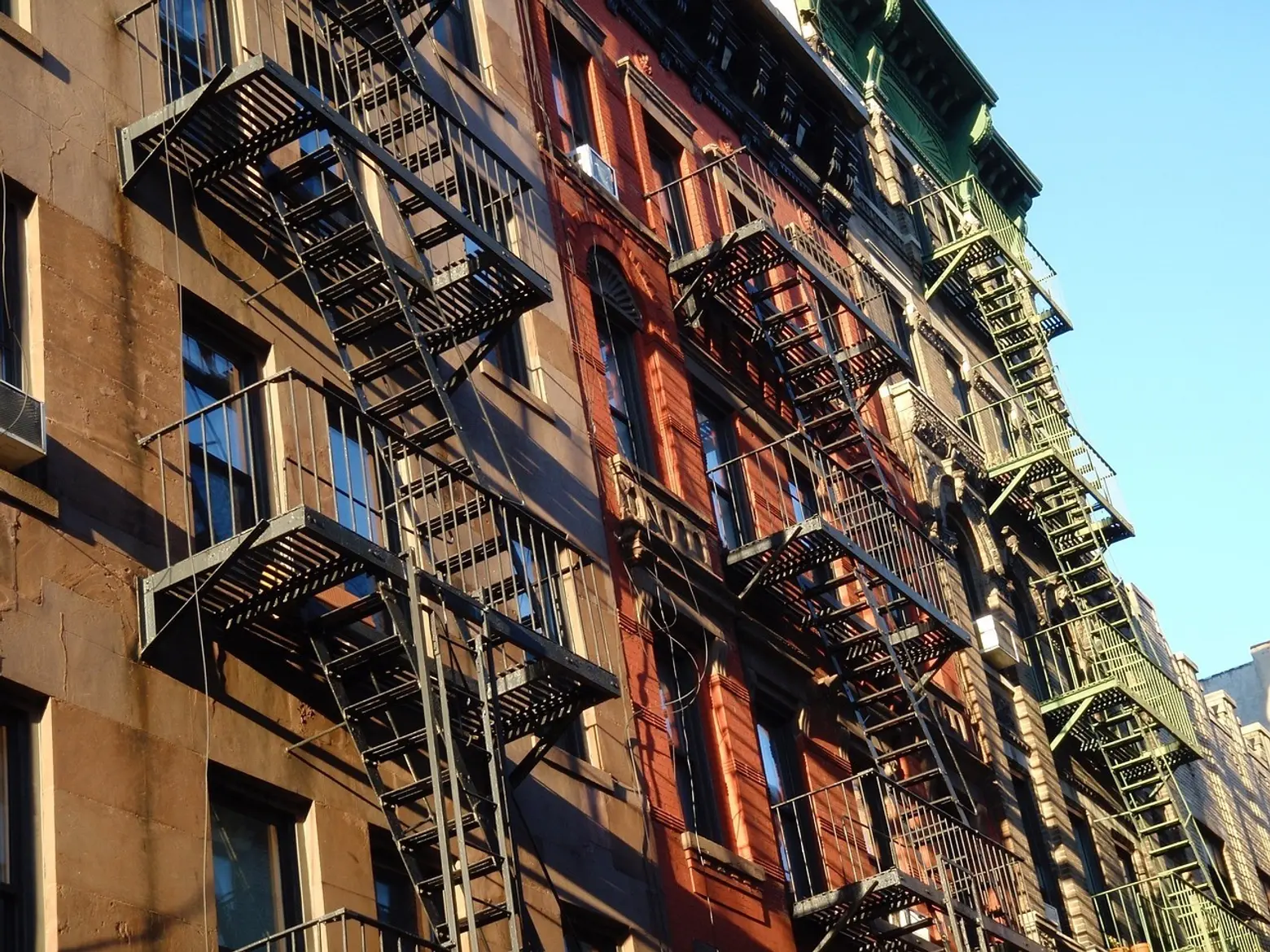
Image via Pixbay
Image via Pixbay
After more than three years into Mayor de Blasio’s $41 billion, 10-year affordable housing initiative, the city announced on Thursday that 24,293 affordable apartments and homes were secured in Fiscal Year 2017. Out of those units, 40 percent were for families earning less than $43,000 a year, with more than 4,014 homes for families of three earning less than $26,000 a year. According to city officials, the mayor’s Housing New York initiative aims to help an estimated half of a million people afford to live in New York City. Despite these promising numbers, the plan still fails New Yorkers with extremely low-income, by making their affordability benchmarks too high.
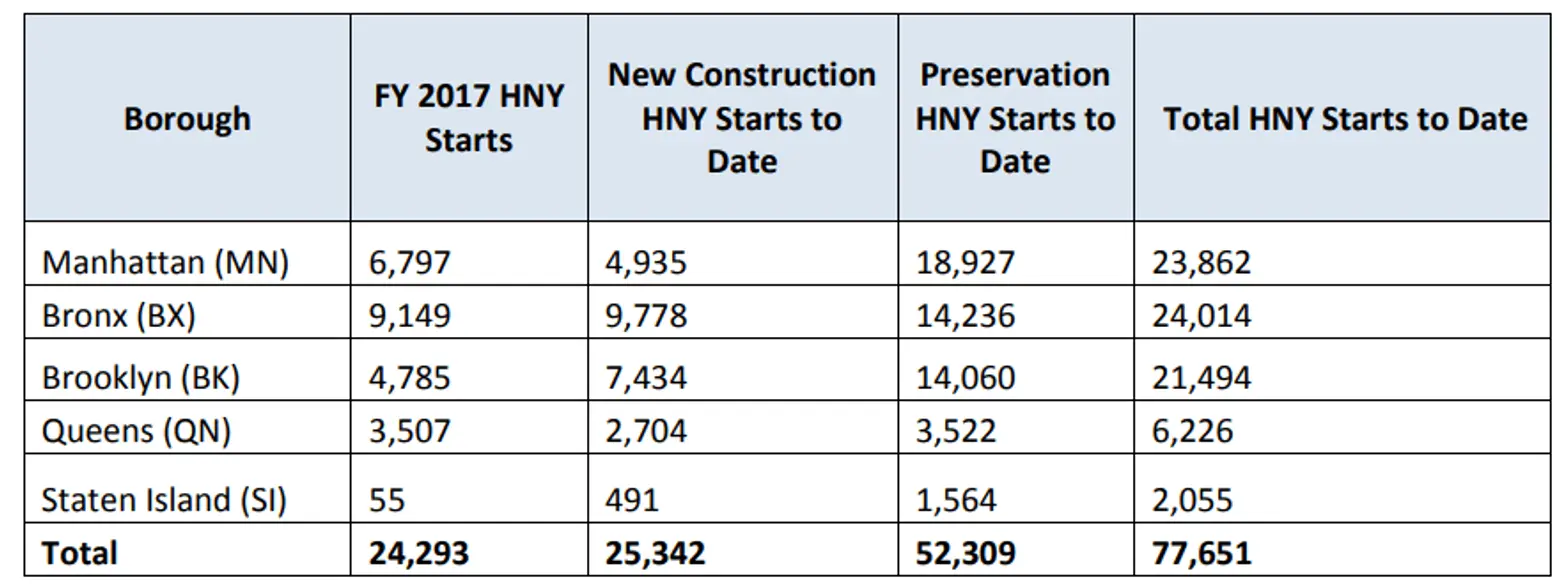
Affordable housing by borough, chart via Mayor de Blasio’s office
In FY17, 7,705 new apartments were financed and 16,588 homes were preserved, made possible by the city’s direct investment of $1 billion, according to the city. Direct city investment under the housing plan totals $2.8 billion and total bond financing to $5.5 billion. In an op-ed in the Daily News, de Blasio called affordable housing a public-private partnership. “We’re leveraging nearly $5 from other sources for every city dollar we spend,” de Blasio wrote. “We negotiate tough deals that maximize the affordable housing we get from every taxpayer dollar–in some cases securing twice as many apartments for the same investment as our predecessors.”
The city noted that under programs created by the City’s Department of Housing Preservation and Development and the Housing Development Corporation, this past Fiscal Year created the highest number of homes for formerly homeless families in New York’s history at 2,571. Last fiscal year, just 1,907 homes were created. During a press conference, de Blasio said, “This is how we keep New York, New York. This is how you keep the greatest city in the world what it is and what it always meant to be–a place for everyone.”
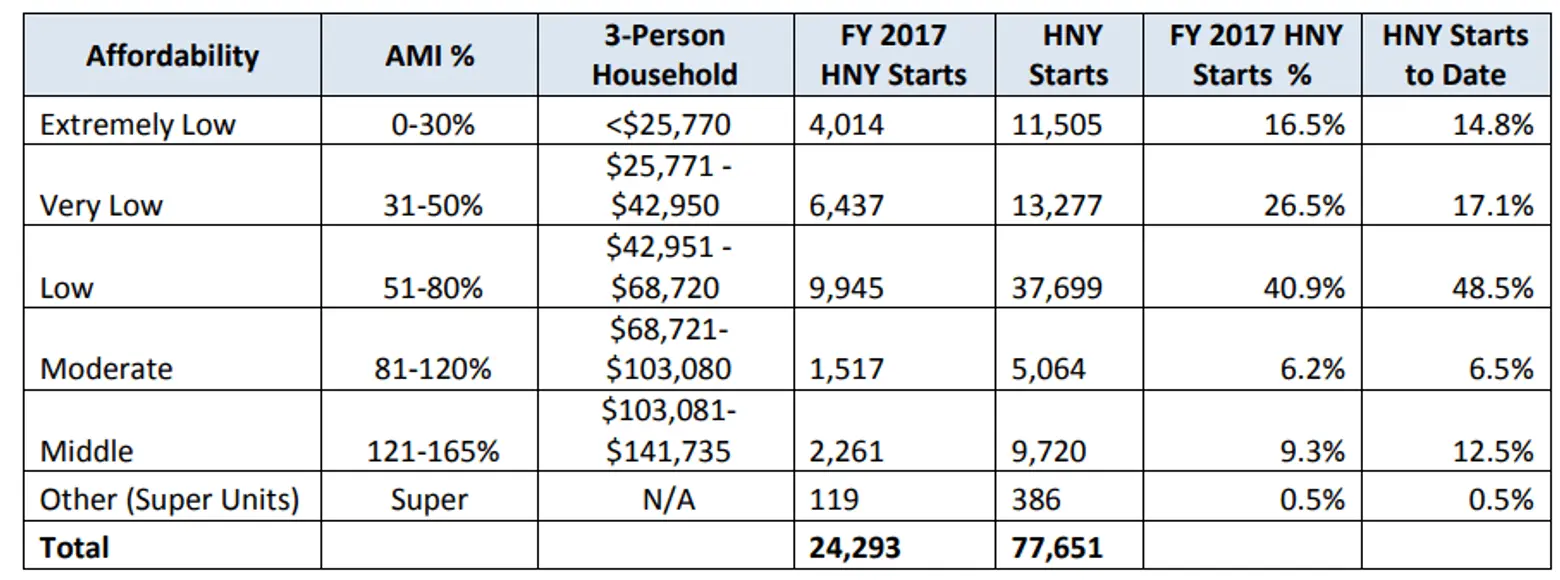
Affordability brackets, chart via Mayor de Blasio’s office
While data shows the mayor’s plan is technically working by creating more affordable housing, the city’s housing lotteries tend to favor middle-income earners, instead of low-income renters. Under Housing New York, the city sets about half of all affordable housing aside for those making between $42,951 and $68,720 annually. Just one third remains for New Yorkers making less than $42,950.
Critics say the city does not put aside enough housing for extremely low-income residents, with set income brackets too high for most to qualify. Renata Pumarol, deputy director at New York Communities for Change, told the Wall Street Journal:“If you go into any truly low-income neighborhood in New York, those numbers are absolutely laughable.”
For example, 6sqft recently wrote about a housing lottery for a building at 2264 Morris Avenue in the Fordham Heights neighborhood of the Bronx. The building will only accept applications from New Yorkers earning 60 and 100 percent of the area median income, ranging from an annual income of $32, 195 to $110,700. In 2015, the median household income in the same neighborhood, Community Board 5, was about $24,182, according to Census Reporter.
Plus, middle-income apartments frequent the city’s affordable housing lottery. At the Caesura in Fort Greene, New Yorkers earning 80 and 130 percent of the area median income can apply for units ranging from $886 per month “micro-units” to $2,715 per month two-bedrooms.
While New Yorkers of all income brackets seek housing they can afford, there continues to be a disconnect between what apartments the community can afford and what type of apartments show up in the housing lottery. The city uses federal income measures in their Housing New York plan, and officials have said creating units for extremely low-income residents is more difficult because it usually requires significant rental subsidies.
RELATED:
Interested in similar content?
Leave a reply
Your email address will not be published.
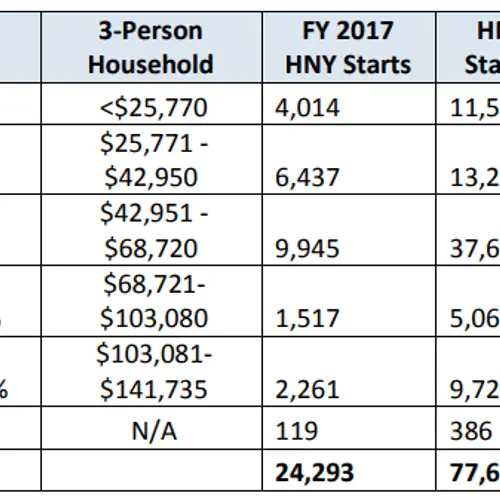
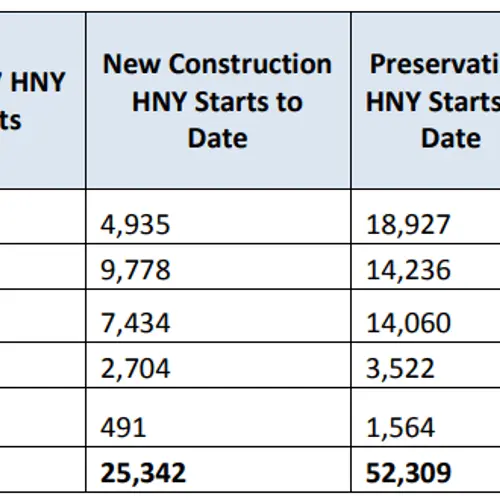
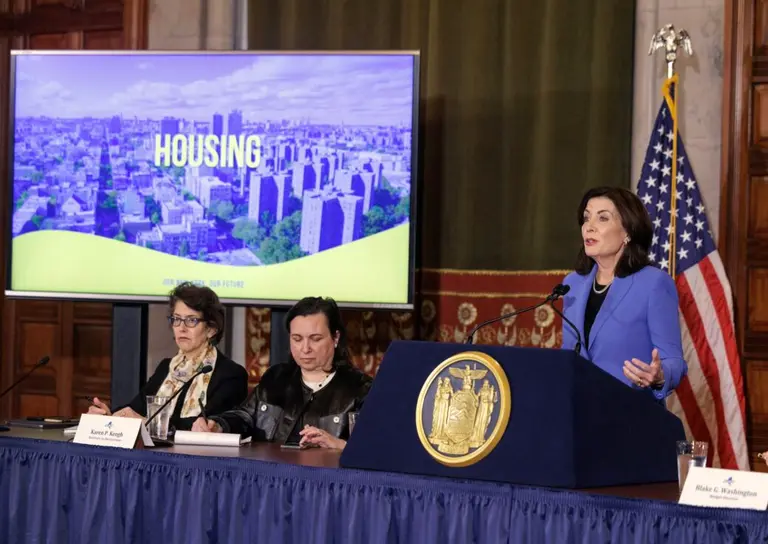
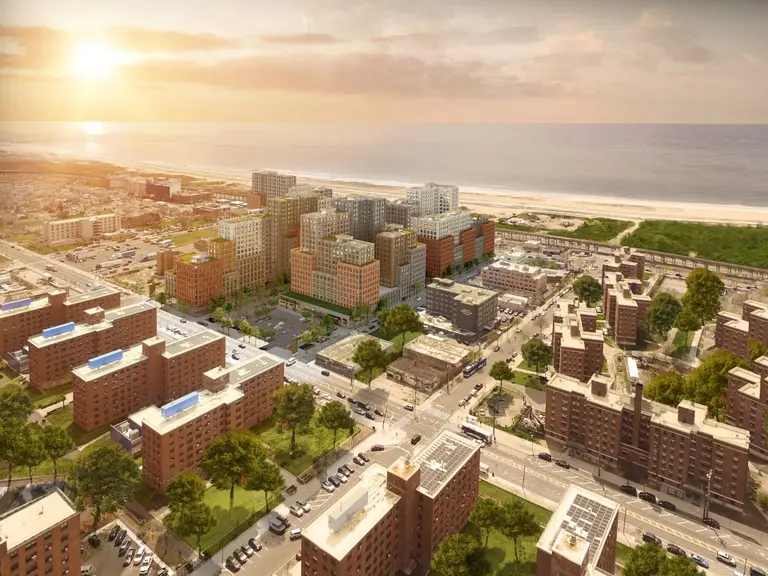
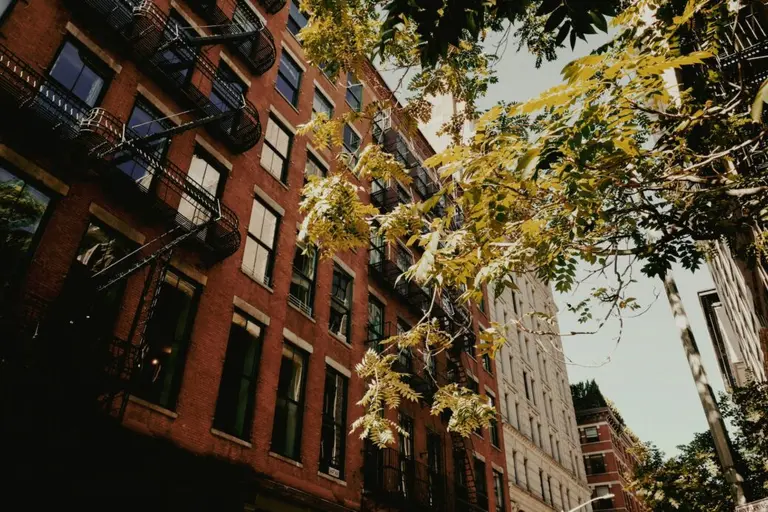


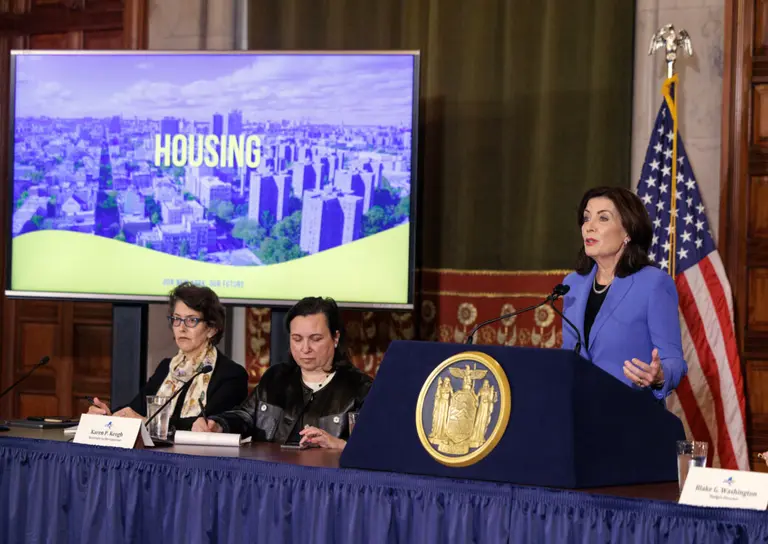
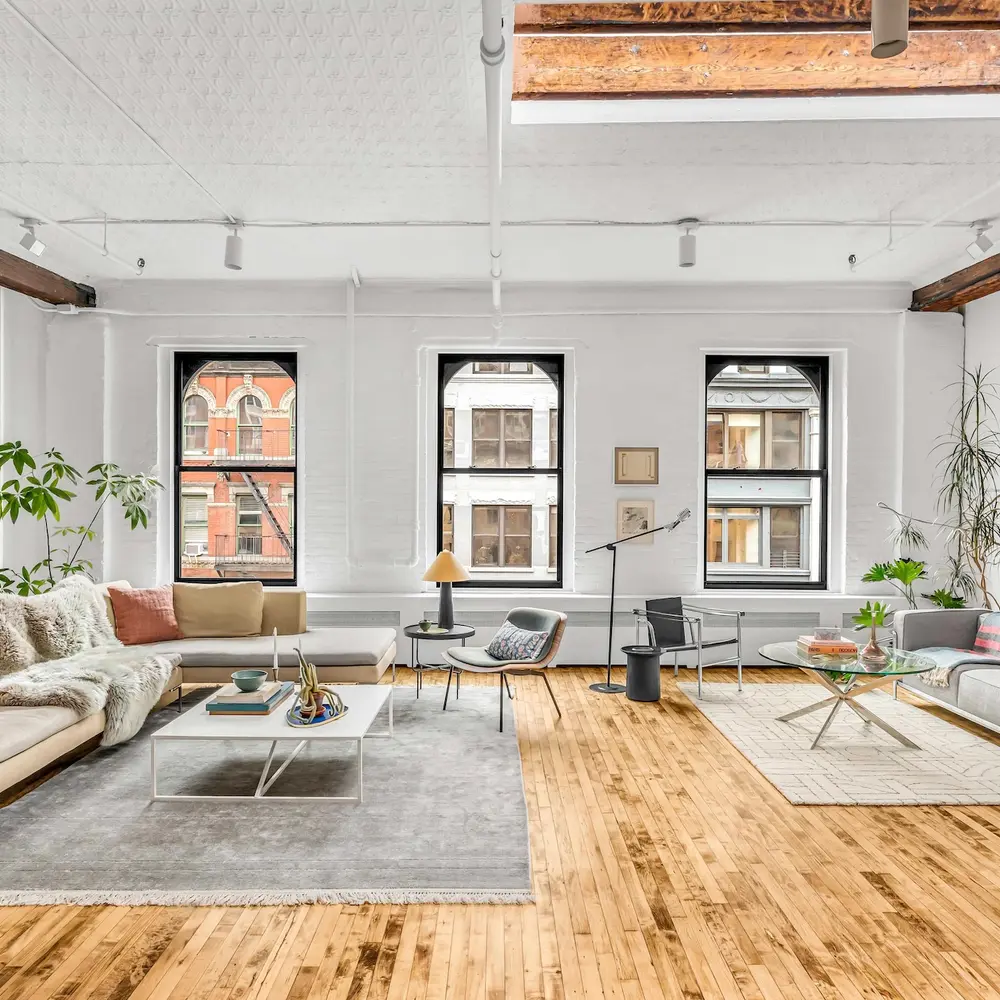
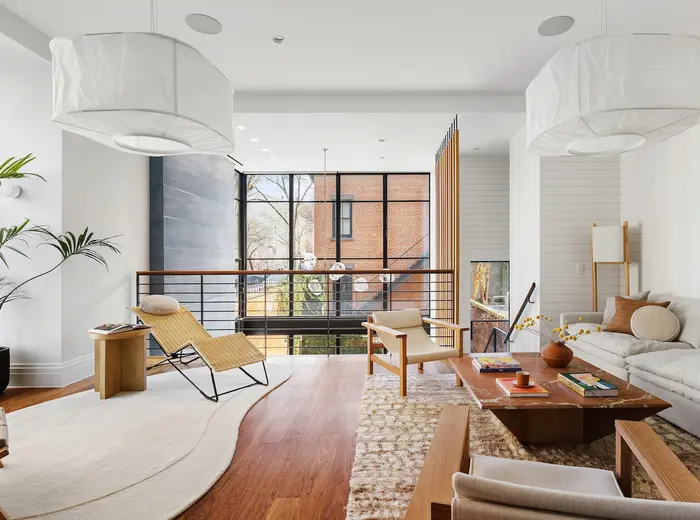
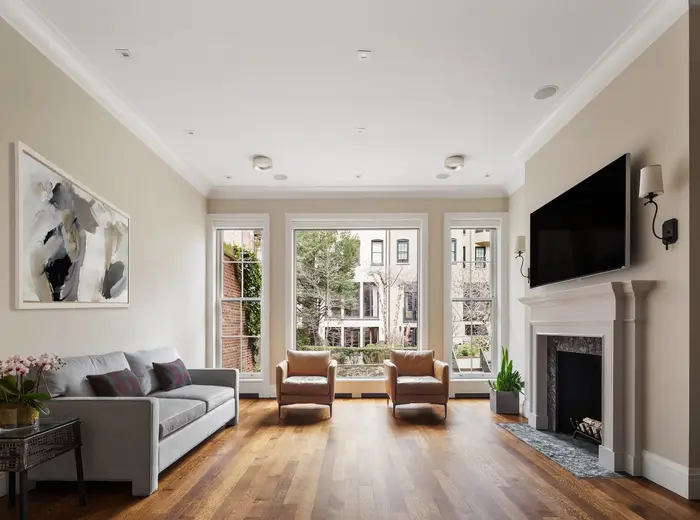
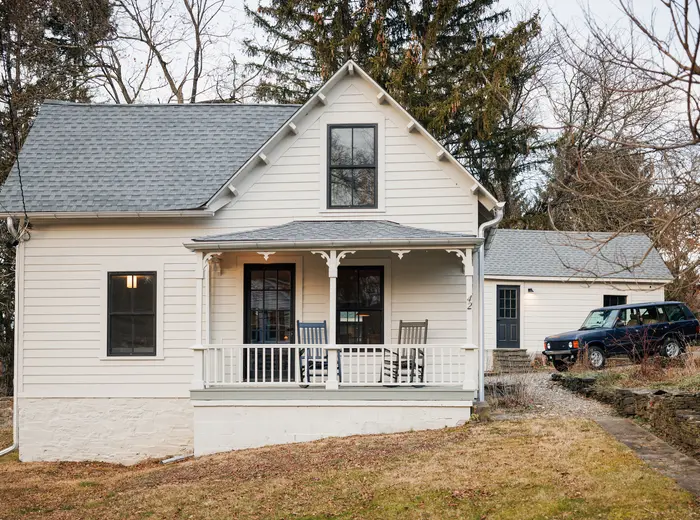
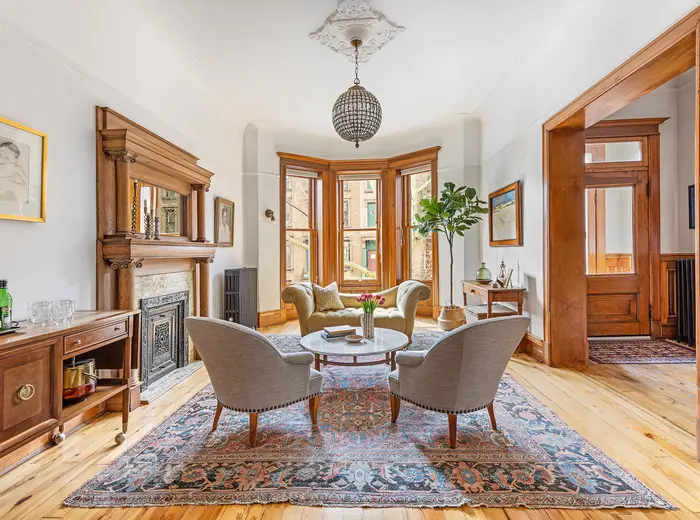
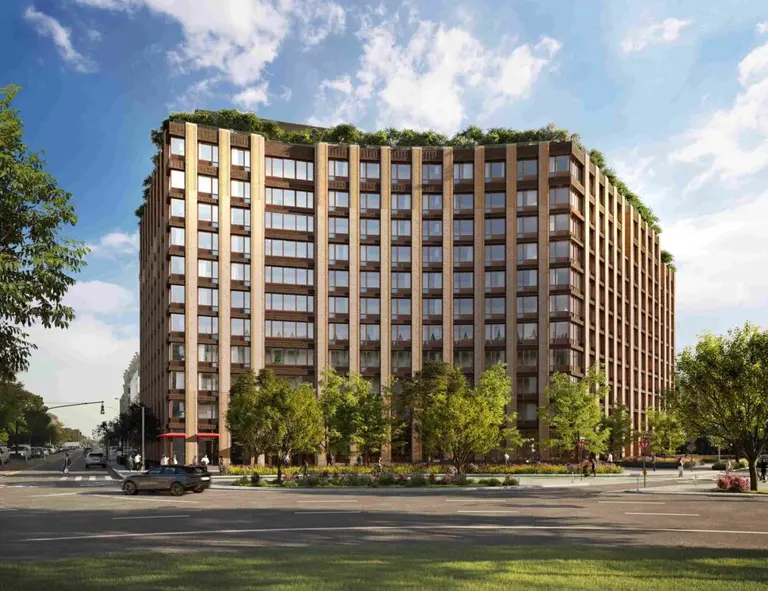

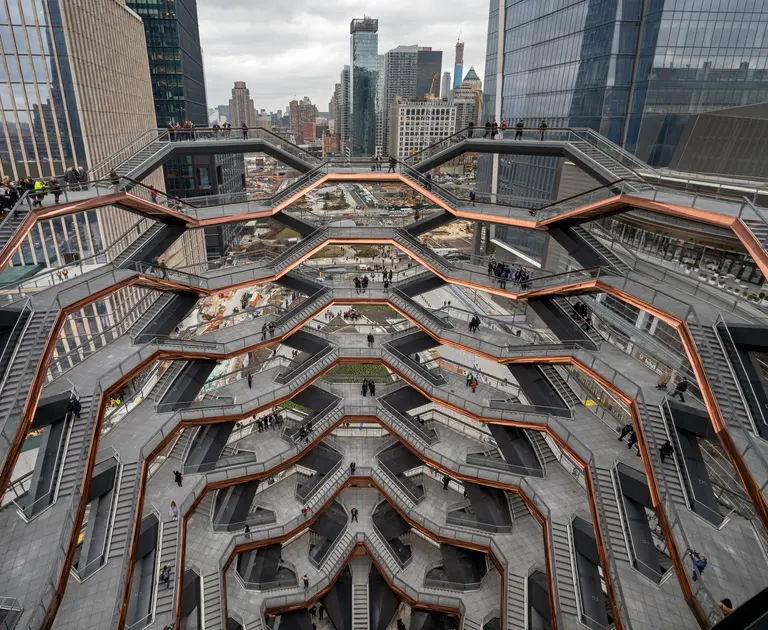
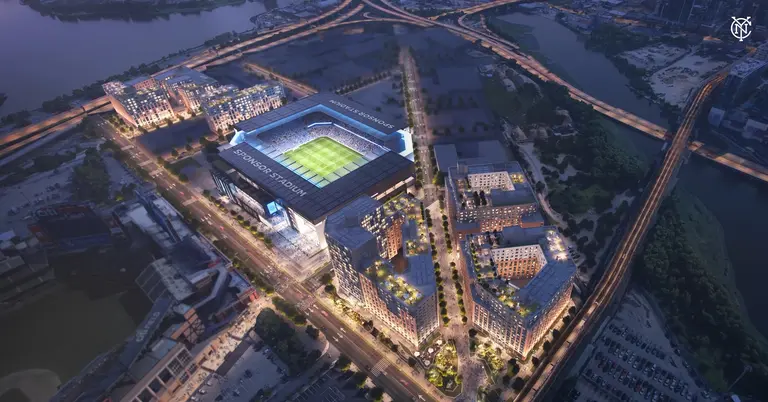

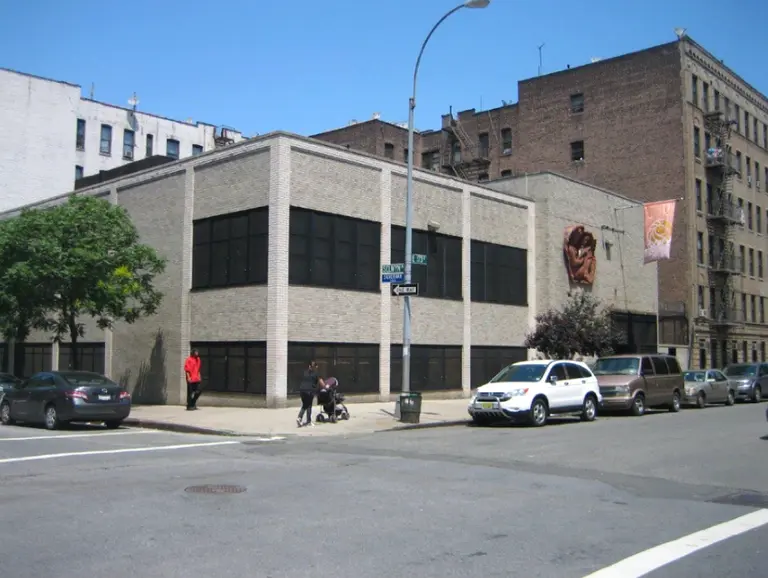











21,963 sounds highly suspect. If every new building had 50 units that would be 439 new high-rises.